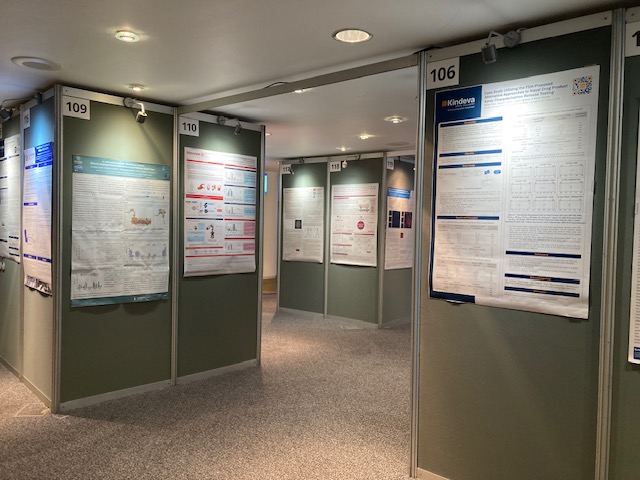Bell noted that “All propellants, current and future, face threats from environmental legislation.” One of the most discussed issues during the panel was the proposal by the European Chemical Agency (ECHA) to restrict PFAS chemicals over concerns about persistence in the environment. He pointed out that the US Environmental Protection Agency (EPA) does not define HFO 1234ze as a PFAS; however, the ECHA proposal would include restrictions on HFO 1234ze based on characteristics of what Bell called “a negligible breakdown product” of the propellant.
Bell referred the audience to Honeywell’s poster titled, “HFO-1234ze(E): a safe and green propellant supporting sustainability transition in metered dose inhalers” for documentation of the molecule’s properties, noting especially that the atmospheric lifetime of HFO-1234ze is 12 days versus 12 years for HFA 134a and 36 years for HFA 227ea.
Hardwick described IPAC’s efforts to educate policy makers, including a joint submission from IPAC and IPAC-RS to ECHA which states that “the proposed near-term bans of three medical propellants (HFC-134a, HFC-227ea, and HFO-1234ze(E)) are unsupported by the REACH proposal, inconsistent with conclusions of the European Medicines Agency (EMA) and other regulatory agencies and could represent serious risks for patient care” and requests that all of those propellants be excluded from the restrictions.
The speakers all emphasized the need to retain MDIs as an option for patients and to provide education for regulators, citing misconceptions on the parts of both clinicians and regulators as a cause for concern. Hardwick reported that she has shared papers from RDD and DDL with policy makers as part of the education effort.
During the Q&A session, John Pritchard, the Chairman of Nebuflow and Cardiff Scintigraphics, reiterated the argument he put forth in a presentation at DDL 2022 that the industry is moving too slowly to transition and may run out of time and asked the panel what can be done to convince companies not already reformulating with LGWP propellants to make that move. Hardwick responded that she thinks that the transition is gaining momentum in the industry, citing significant attendance at the CRCG workshop.



